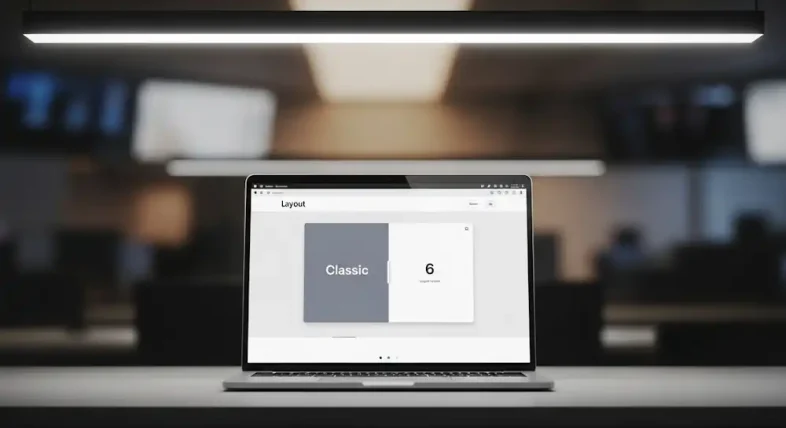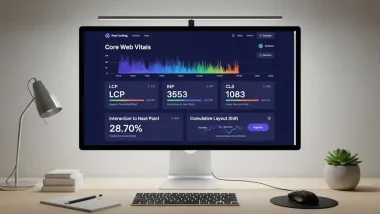Oxygen 6 has arrived with a brand new foundation, and a lot of longtime users are wondering what it means for Oxygen Classic. The short answer is simple: Classic keeps getting support, while Oxygen 6 becomes the path for new features and a faster workflow. If you are deciding where to build next, here is a friendly guide to what changed, what stayed the same, and how to choose with confidence.
What Oxygen 6 Changes
Oxygen 6 is not a routine update. It is a rebuild designed to feel lighter, faster, and closer to working directly with clean HTML and CSS. You get tools like CSS variables, more flexible selector handling, reusable components, and a refreshed interface that favors speed and keyboard efficiency. The goal is to help you ship lean pages with less fuss while keeping fine control over structure and styles.
Because of that fresh start, Oxygen 6 does not replace your Classic sites that are already in place. There is no one-click upgrade from Classic to 6. If you decide to move a Classic site, you will be recreating templates and layouts rather than converting them. That sounds like extra work, but it also means Oxygen 6 is not held back by older assumptions. It can move faster without dragging legacy code behind it.
What Stays the Same With Classic
Classic is still very much in the picture. The team has stated that Classic will continue to receive support, fixes, and compatibility updates. If you have client sites humming along on Classic, you can keep them there without pressure to rebuild. Lifetime customers also keep access to both Classic and the new Oxygen under the same umbrella, which makes it easy to test Oxygen 6 on fresh builds while maintaining your existing stack.
Think of Classic as the stable, well-known toolbox you already trust. It is a good choice for sites that are complete, performing well, and do not need new features right now. You get continuity and a predictable maintenance path.
How the Day-to-Day Workflow Feels
In Oxygen 6, the editor feels streamlined. Adding semantic elements is quicker, working with components is more consistent, and global styling is easier to keep tidy. If you care about lean output and repeatable patterns, these changes save time over weeks and months. The release cadence has been active as well, with refinements shipping to polish edges and expand integrations.
Classic keeps its strengths, too. If your muscle memory is built around its layout system and template parts, there is real value in sticking with what already makes you productive. Many agencies will run a mixed approach for a while: new builds on Oxygen 6, mature sites on Classic.
Choosing Between Oxygen 6 and Classic
If you are starting a new project, Oxygen 6 is the default recommendation. You will benefit from ongoing feature development, a modern styling approach, and performance-minded output. If you manage a production site on Classic, staying put is sensible unless a redesign is already on the roadmap. Treat any move as a rebuild and scope it accordingly.
A practical rule of thumb helps. New build or major redesign planned soon: use Oxygen 6. Existing site that is stable and does not need new capabilities: stay on Classic. Teams with a mix of work can do both and migrate on their own timeline.
Planning a Migration When You Are Ready
When it is time to move a Classic site, treat the project like a fresh implementation. Inventory templates and components, export design tokens where possible, and rebuild with Oxygen 6 components so future changes are easier. Use the moment to tighten class naming, centralize variables, and remove old workarounds. The payoff is a cleaner system that is simpler to maintain.
Budget for testing across key plugins, especially ecommerce or membership stacks. While Oxygen 6 aims for wide compatibility, every site has quirks. A short pilot build on a staging copy will surface integration questions early and reduce surprises later.
The Bottom Line
You do not have to rush. Classic continues to be supported, and Oxygen 6 is ready for new work with a faster, cleaner approach. Pick the tool that matches your project stage. When you are ready to move forward, Oxygen 6 gives you the structure and speed to keep sites lean and flexible for the long haul.


